(S)-(+)-Epichlorhydrin

(S)-(+)-Epichlorhydrin structure
|
Common Name | (S)-(+)-Epichlorhydrin | ||
|---|---|---|---|---|
| CAS Number | 67843-74-7 | Molecular Weight | 92.524 | |
| Density | 1.2±0.1 g/cm3 | Boiling Point | 116.1±0.0 °C at 760 mmHg | |
| Molecular Formula | C3H5ClO | Melting Point | −57 °C(lit.) | |
| MSDS | Chinese USA | Flash Point | 33.9±0.0 °C | |
| Symbol |




GHS02, GHS05, GHS06, GHS08 |
Signal Word | Danger | |
| Name | (S)-epichlorohydrin |
|---|---|
| Synonym | More Synonyms |
| Density | 1.2±0.1 g/cm3 |
|---|---|
| Boiling Point | 116.1±0.0 °C at 760 mmHg |
| Melting Point | −57 °C(lit.) |
| Molecular Formula | C3H5ClO |
| Molecular Weight | 92.524 |
| Flash Point | 33.9±0.0 °C |
| Exact Mass | 92.002892 |
| PSA | 12.53000 |
| LogP | 0.45 |
| Vapour density | 3.2 (vs air) |
| Vapour Pressure | 22.0±0.2 mmHg at 25°C |
| Index of Refraction | 1.444 |
| Water Solubility | insoluble |
CHEMICAL IDENTIFICATION
HEALTH HAZARD DATAACUTE TOXICITY DATA
MUTATION DATA
|
| Symbol |




GHS02, GHS05, GHS06, GHS08 |
|---|---|
| Signal Word | Danger |
| Hazard Statements | H226-H301 + H311 + H331-H314-H317-H350 |
| Precautionary Statements | P201-P280-P303 + P361 + P353-P304 + P340 + P310-P305 + P351 + P338-P308 + P313 |
| Personal Protective Equipment | Faceshields;full-face respirator (US);Gloves;Goggles;multi-purpose combination respirator cartridge (US);type ABEK (EN14387) respirator filter |
| Hazard Codes | T:Toxic |
| Risk Phrases | R10;R23/24/25;R34;R43;R45 |
| Safety Phrases | S53-S45 |
| RIDADR | UN 2023 6.1/PG 2 |
| WGK Germany | 3 |
| RTECS | TX4900000 |
| Packaging Group | II |
| Hazard Class | 6.1 |
| HS Code | 2910900090 |
| Precursor 10 | |
|---|---|
| DownStream 10 | |
| HS Code | 2910900090 |
|---|---|
| Summary | 2910900090. epoxides, epoxyalcohols, epoxyphenols and epoxyethers, with a three-membered ring, and their halogenated, sulphonated, nitrated or nitrosated derivatives. VAT:17.0%. Tax rebate rate:13.0%. . MFN tariff:5.5%. General tariff:30.0% |
|
Kinetics of dextran crosslinking by epichlorohydrin: a rheometry and equilibrium swelling study.
Carbohydr. Polym. 92(2) , 1792-8, (2013) Curing behavior and gel properties of dextran are investigated during its crosslinking by epichlorohydrin (ECH) using rheometry and equilibrium swelling studies. Each ECH/anhydroglucose unit of differ... |
|
|
Adsorptive decolorization of methylene blue by crosslinked porous starch.
Carbohydr. Polym. 93(2) , 374-9, (2013) Crosslinked porous starch (CPS) was prepared by two steps. Native starch was crosslinked with epichlorohydrin and then CPS was prepared by hydrolyzing the crosslinked starch with α-amylase. As a biode... |
|
|
Genotoxic effects of ethylene oxide, propylene oxide and epichlorohydrin in humans: update review (1990-2001).
Mutat. Res. 512(2-3) , 173-94, (2002) Ethylene oxide (EtO), propylene oxide (PO) and epichlorohydrin (ECH) are important industrial chemicals widely used as intermediates for various synthetic products. EtO and PO are also environmental p... |
| MFCD00005132 |
| EINECS 203-439-8 |
| Oxirane, 2-(chloromethyl)-, (2S)- |
| T3OTJ B1G &&(S)-(+)- Form |
| (S)-3-Chloropropylene Oxide |
| (S)-(+)-Epichlorohydrin |
| (2S)-2-(Chloromethyl)oxirane |
| 5-17-01-00021 (Beilstein Handbook Reference) |
| (S)-(+)-2-(CHLOROMETHYL) OXIRANE |
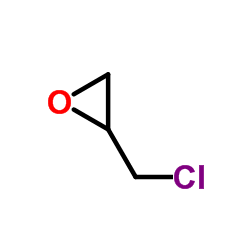 CAS#:106-89-8
CAS#:106-89-8 CAS#:621-84-1
CAS#:621-84-1 CAS#:3132-64-7
CAS#:3132-64-7 CAS#:14199-15-6
CAS#:14199-15-6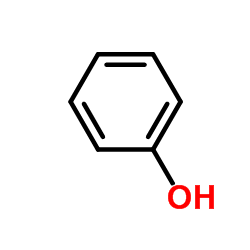 CAS#:108-95-2
CAS#:108-95-2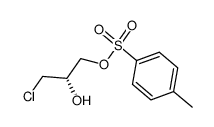 CAS#:67800-61-7
CAS#:67800-61-7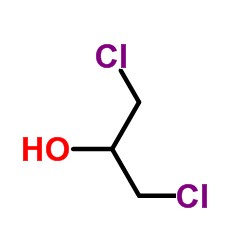 CAS#:96-23-1
CAS#:96-23-1 CAS#:616-23-9
CAS#:616-23-9 CAS#:4248-19-5
CAS#:4248-19-5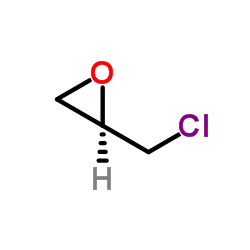 CAS#:51594-55-9
CAS#:51594-55-9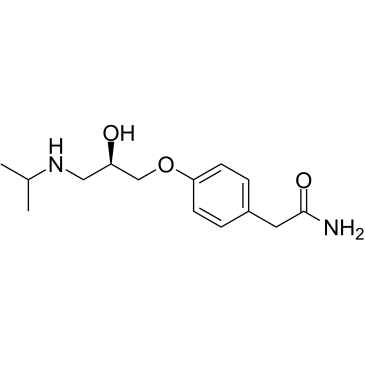 CAS#:56715-13-0
CAS#:56715-13-0 CAS#:148857-42-5
CAS#:148857-42-5 CAS#:22910-07-2
CAS#:22910-07-2 CAS#:97798-50-0
CAS#:97798-50-0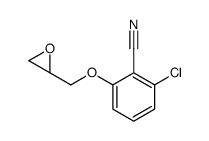 CAS#:198226-53-8
CAS#:198226-53-8 CAS#:184488-19-5
CAS#:184488-19-5 CAS#:19667-37-9
CAS#:19667-37-9 CAS#:256372-58-4
CAS#:256372-58-4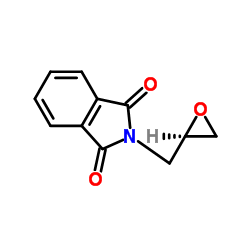 CAS#:181140-34-1
CAS#:181140-34-1 CAS#:86728-93-0
CAS#:86728-93-0
